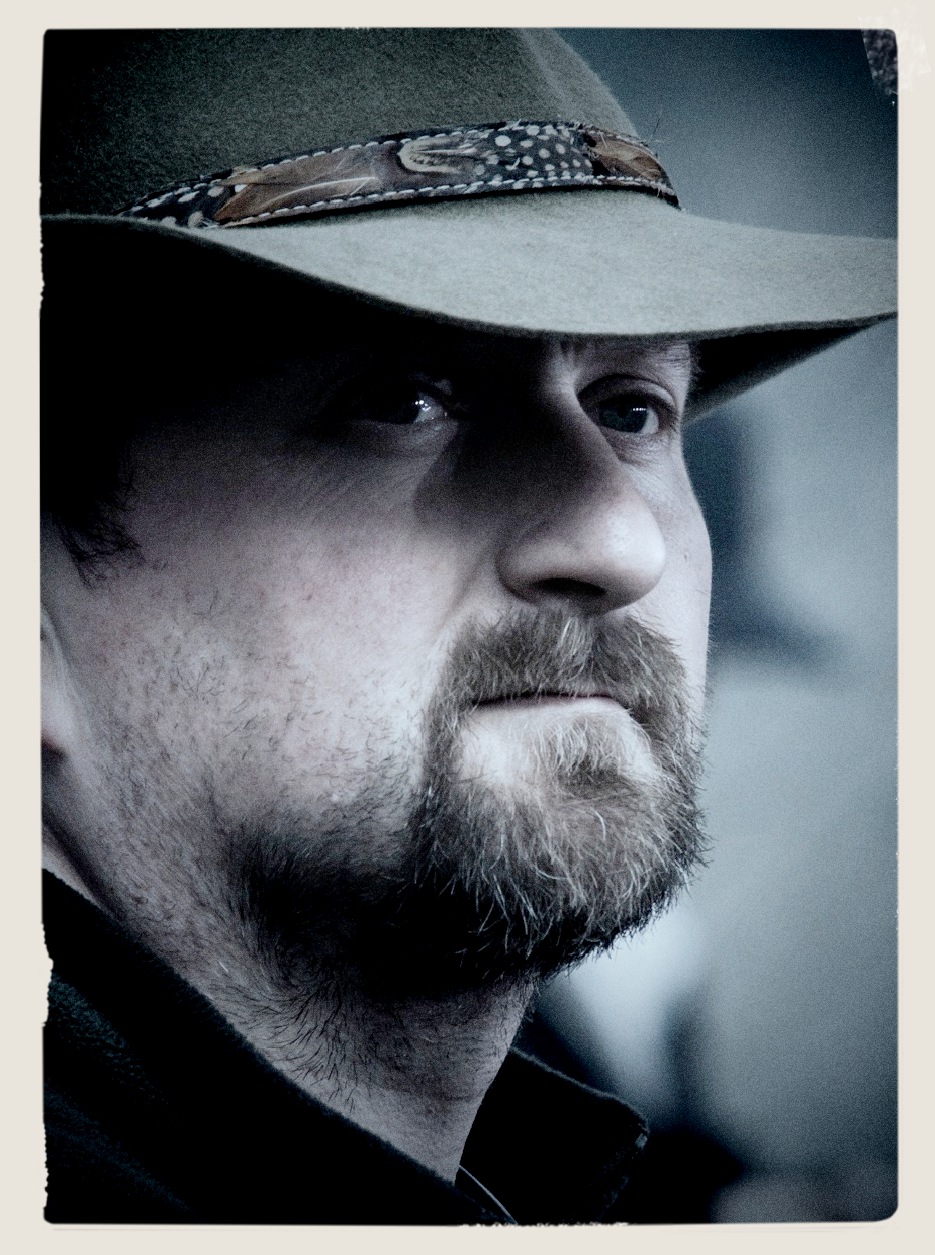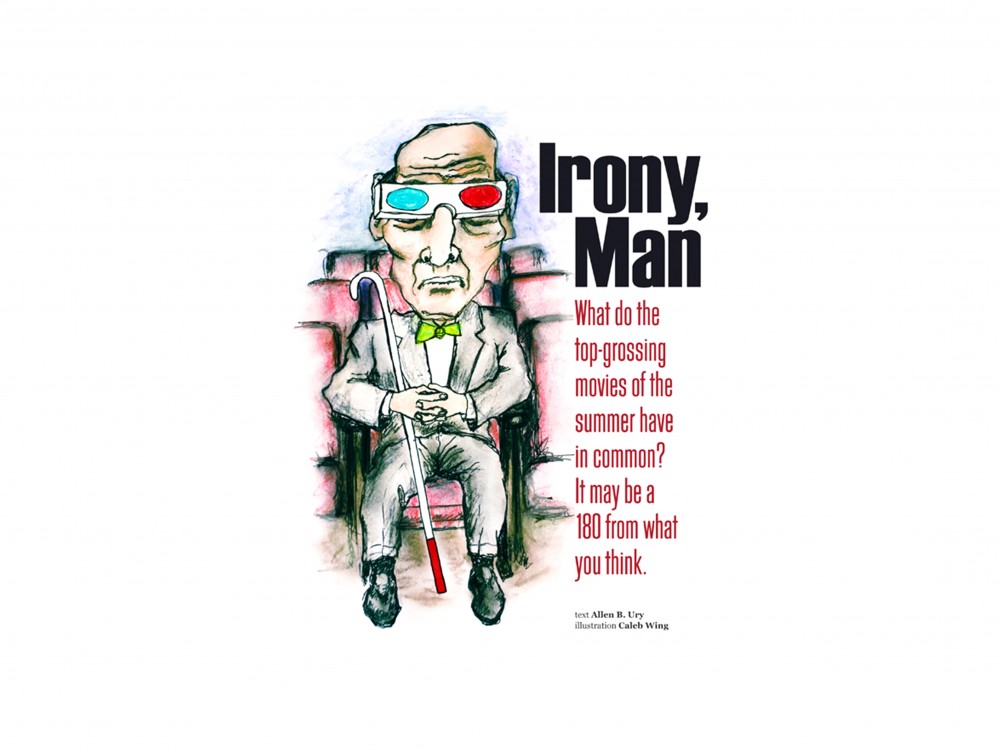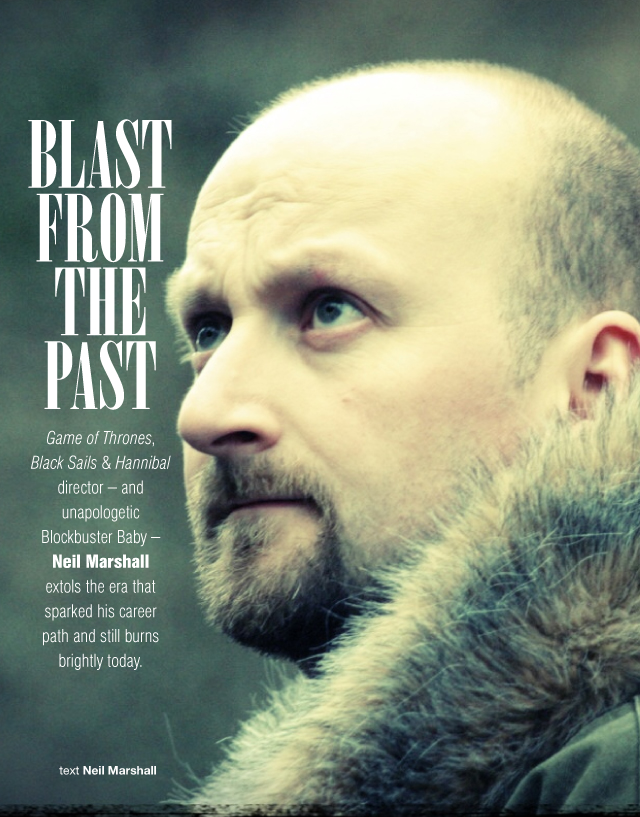
In his 2004 book Blockbuster: How Hollywood Learned to Stop Worrying and Love the Summer, author Tom Shone wrote, “What a grand a grand piece of historical luck it was to be in your early teens when Raiders of the Lost Ark came out, when Spielberg and Lucas were in their prime, and when the very act of going to the movies seemed to come with its own rousing John Williams score.”
I can’t put it much better than that. It’s shameless nostalgia, I know, but going to the movies back then felt magical. Special effects were genuinely special, but never seemed to overwhelm the stories or the characters. The scores — by John Williams, yes, but also others, like Jerry Goldsmith and James Horner — were certainly rousing. Movies were precious because they weren’t so accessible. They still retained an air of mystery; facts about how they were made were still reserved for a young geeks like me, and needed to be sought out on the pages of Starburst, Starlog, Fantastic Films and Cinefantastique magazines, only to be found in dark and smoky backstreet genre stores. I have fond memories of long Saturday afternoons spent sifting through boxes of musty-smelling vintage movie magazines at Timeslip, my local sci-fi/horror store in Newcastle.
In the early ’80s, VHS was in its infancy, movie piracy hadn’t even been invented yet and television mostly showed old movies — except at Christmastime, when getting hold of the seasonal issue of the TV Times and circling all the movies I wanted to watch or record was a thrilling holiday ritual. If you wanted to see the latest release, there was only one place to go — the cinema. Movies weren’t the disposable commodity they are now. Each one seemed precious and vital, especially to a young cinephile such as myself.
When the 1980s began, I was ten years old. So I’m sure it’s no accident that my teenage years coinciding so squarely with that decade explains my love of ’80s genre movies.
It’s certainly the case that the things you experience in those turbulent yet enlightening years of your adolescence and teens shape and drive you, and stick with you for the rest of your life. Not just movies, but music, books, art, food, drink, even people. They become an integral part of who you are, and in many cases, I’m sure, are the reason you end up doing whatever is it you do.
I can’t say for certain that I wouldn’t have pursued a career in the movie business had I not found my inspiration in the cinematic adventures of Mr. Spielberg, Mr. Lucas and Dr. Jones, but I can tell you without a shred of doubt that those adventures, both on screen and off, lit the fire in me that still burns to this day.
But there has to be more to this ongoing enthusiasm than simple nostalgia. If the modern blockbuster was, like me, born in the ’70s, with the likes of Jaws and Star Wars, then perhaps it, too, was going through adolescence in the ’80s. The blockbusters of the ’80s were finding their legs, hitting their stride and making some interesting side-steps along the way.
Nowadays, when the quick fix for so many cinematic conundrums is the application and manipulation of pixels, it’s easy to forget that back in the ’80s effects-driven movies were a genuine risk, almost like flying into a black hole, because each film presented a new set of challenges, and every new challenge required a different solution. So the effects artists of the time — with the still-fledgling I.L.M., which was created for the sole purpose of making Star Wars in 1976, leading the way — were consistently kept on their toes and required to be incredibly imaginative and innovative.
Of course, in the case of I.L.M., perhaps its biggest innovation was the pioneering use of CGI. To me, this is a huge part of what gives the blockbusters of the time a certain indefinable quality, a kind of naive energy born of both passionate drive and downright panic that comes with any journey into the unknown.

Today, it seems utterly unthinkable that studios, producers and directors of the time would take a such a radical gamble by forging ahead on productions without that such a huge and vital ingredient as visual effects was even possible, let alone achievable to any reasonable level of quality. The phrase “We can fix it in post” hadn’t been coined yet. When Alan Ladd Jr. gave George Lucas the green light to make Star Wars, he didn’t have a clue how Lucas intended to pull off the myriad effects shots required. Nothing like it had ever been seen, or even attempted, before. For “Laddie,” it was an act of blind faith and has to be admired, regardless of the benefit of hindsight. Yes, it paid off handsomely for him, but it could easily have turned out very differently.
Nowadays, we take CGI for granted, knowing that its only limitation is the imagination of the filmmakers, although quality is not always a given. CGI is both an incredibly useful tool and an art form unto itself. But as with all art forms, including movies themselves, for every work of genius, there are a hundred more that are not so good. That’s not to say that all the effects in ’80s movies were top notch either.
I’m not that blinded by nostalgia! The 80’s ’80s produced some wonderful turkeys and some dreadful visual effects. But somehow, even with those movies that fall short of the mark, I can feel the love and care and attention to detail that went into creating the old-school, spit-and-bailing-wire-style effects. I can almost feel the headaches and heartaches those artists and craftspeople went through to achieve the end results.
CGI doesn’t have that same tactile quality to it because it doesn’t exist in any tangible form outside the computer; it isn’t assembled by hand from old model kits and hung from wires like the Millennium Falcon or painstakingly animated frame by frame like the Imperial Walkers. That’s not to say some passionate digital whiz hasn’t been slaving over it for days and days, but somehow, something is lost in the translation from artist screen, as if the computer somehow filters out the humanity and the imperfections and sanitizes the work.
What about the scripts? This was back in the day when movie companies big and small put money and time and effort into the development of scripts, to make them as good as they could be before going into production. Back to the Future is one of the best examples of perfectly honed, economical writing there has ever been or ever will be, because it took a good three years of solid work to get that way. Again, that’s not to say that every ’80s blockbuster has a perfect script, because there were definitely some clunkers, but the overall quality seems much higher and more consistent, and gave us a slew of fantastic original stories and iconic characters, such as Axel Foley, Ferris Bueller, Sarah Conner, John Rambo, Mad Max, John McClane and Jack Burton.
There’s also the music. Eighties movies came with unique, quirky, sometimes timeless, sometimes very much of-the-time, but often very rousing, scores and themes to hum and whistle as you left the cinema. Many movies now, particularly action movies, are cursed with characterless music that’s virtually interchangeable. But you couldn’t imagine the theme from Raiders in any other movie, or The Empire Strikes Back or Ghostbusters or Gremlins or Terminator. Each has such a strong individual flavor and resonance. The ’80s was a time rich with iconography that has stood the test of time. I recently attended a packed concert at the Hollywood Bowl, with hundreds of ’80s fans like myself getting such a buzz from seeing John Williams in person, conducting a live orchestra and blasting out the themes from Star Wars, Raiders and E.T.

The overall tone of the movies seems to fit in with that notion of adolescence I mentioned earlier. Movies such as E.T., Field of Dreams and Back to the Future have an incredible sense of magic, innocence and optimism about them, while their more rebellious siblings like Gremlins, Dragonslayer, Dark Crystal and Big Trouble in Little China dared to take risks with their respective genre formulas and go a little darker or more obscure. There’s a distinct sense of fun about so many of these movies, and it’s infectious. Eighties movies are like comfort food now. If I need an energy boost, or just to be cheered up, I don’t need to look any further. These movies have become like old and precious friends to me, and it’s nice to catch up with them every once in a while.
Take a look at a few of my personal favorites from the decade and tell me my generation wasn’t blessed with an embarrassment of riches:
(In no particular order)
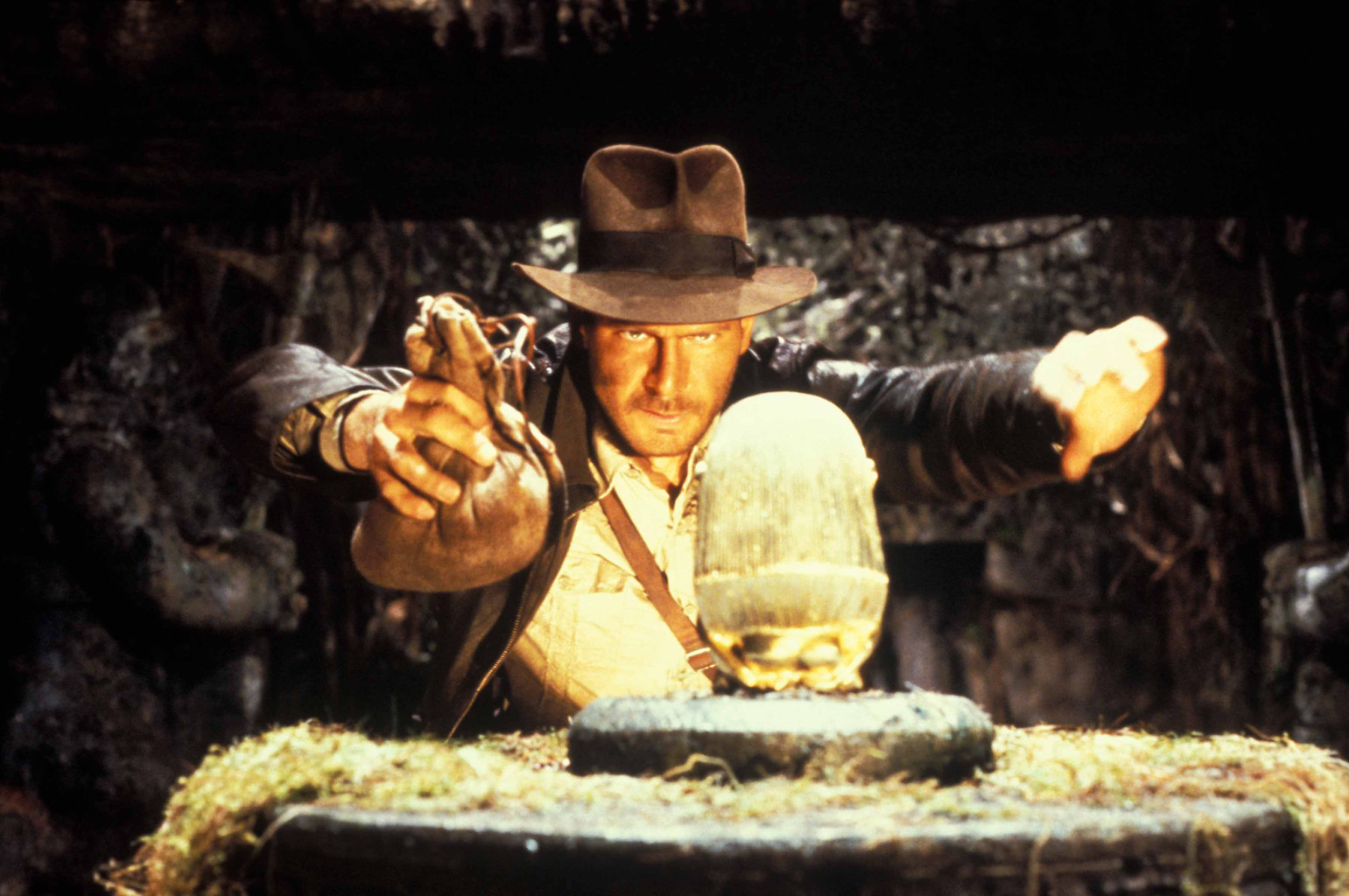
Raiders of the Lost Ark
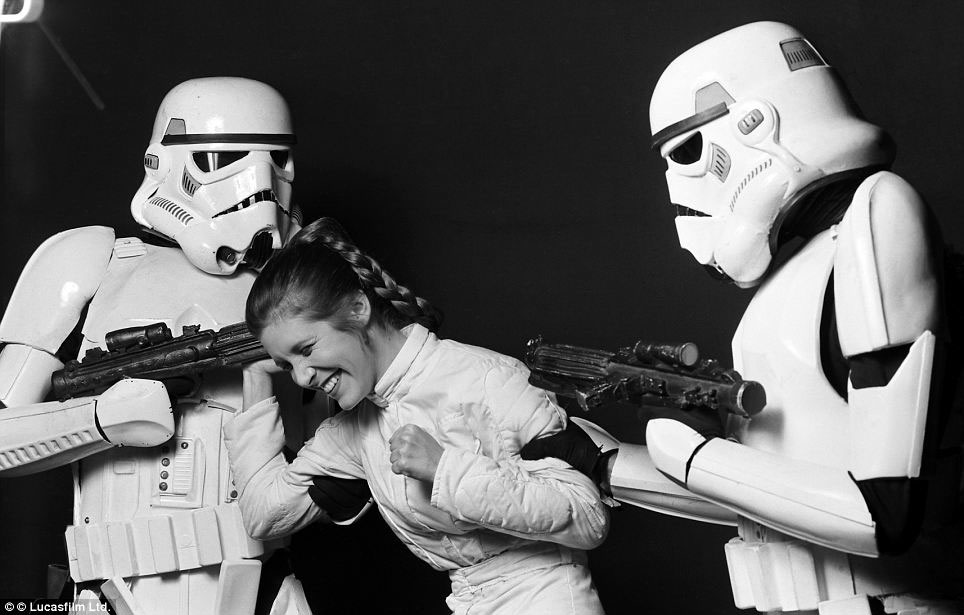 The Empire Strikes Back
The Empire Strikes Back
 Back to the Future
Back to the Future
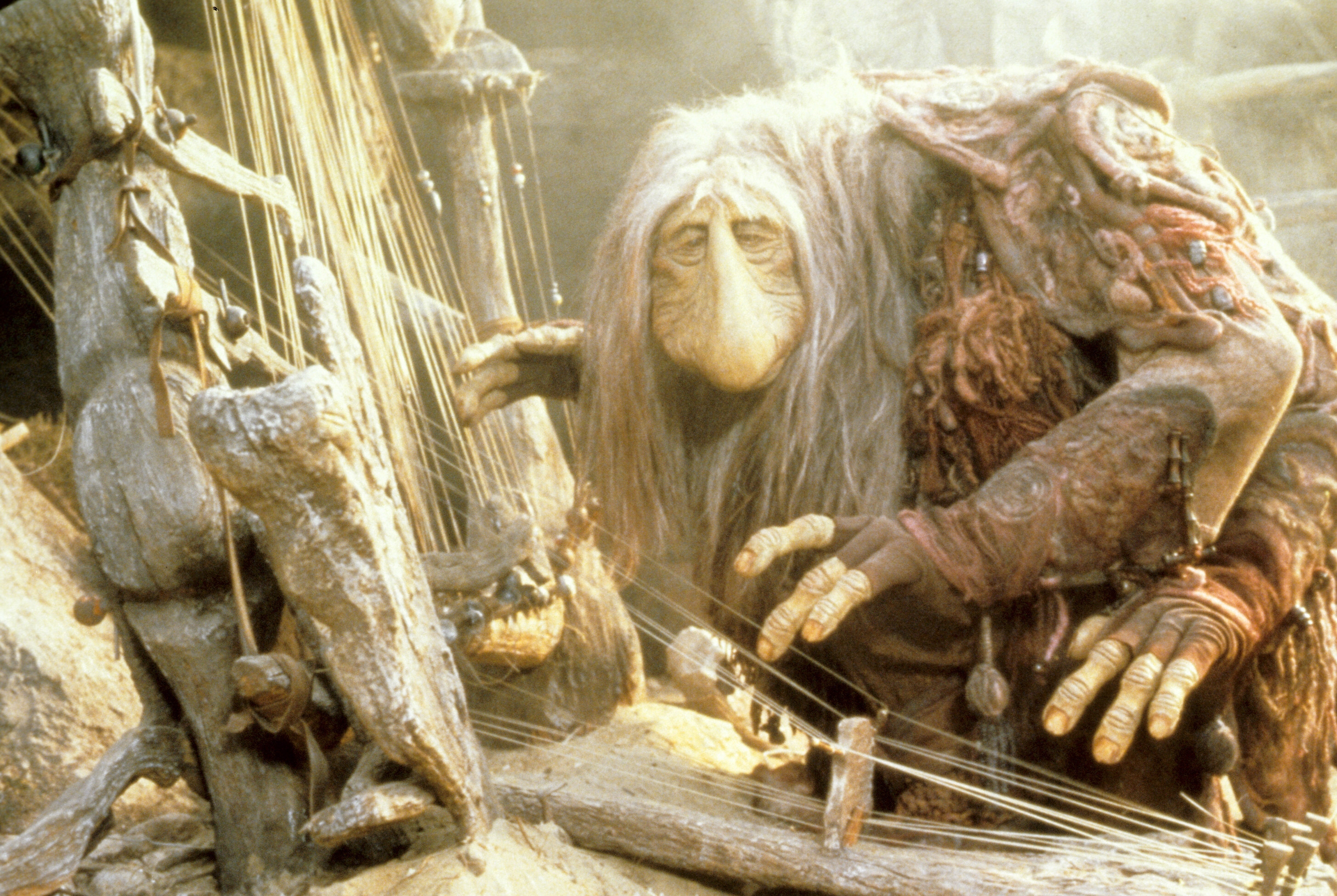 The Dark Crystal
The Dark Crystal
 Die Hard
Die Hard
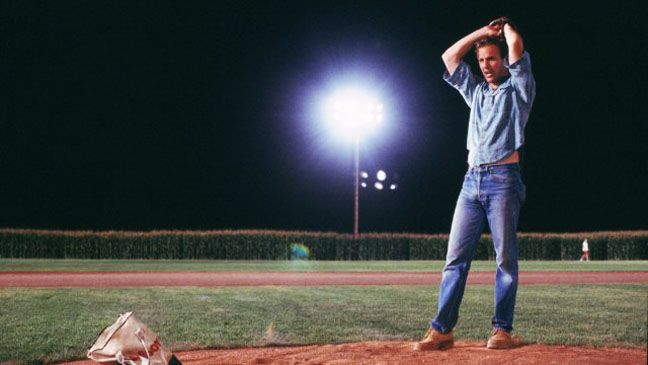 Field of Dreams
Field of Dreams
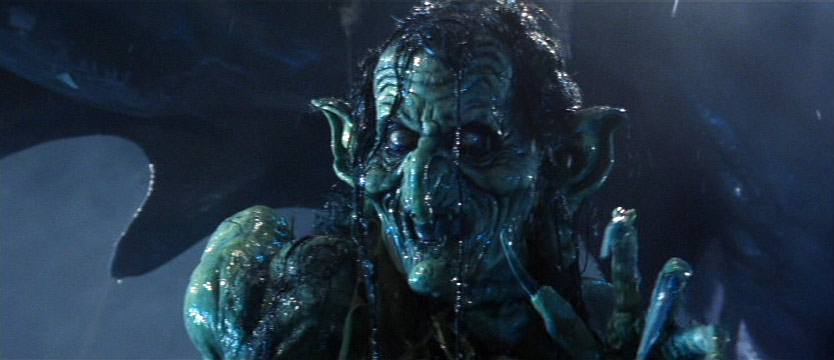 Legend
Legend
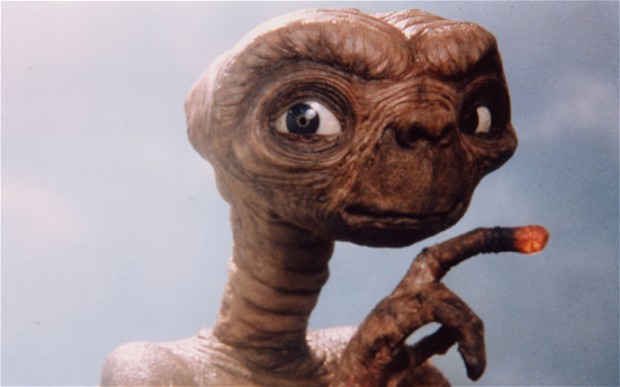 E.T.
E.T.
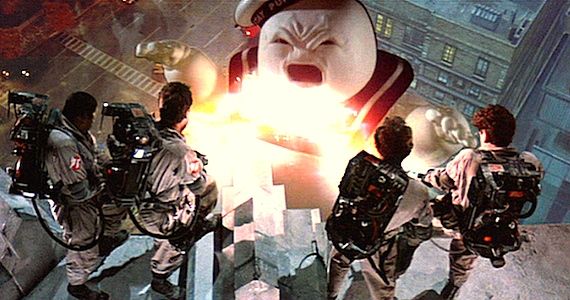 Ghostbusters
Ghostbusters
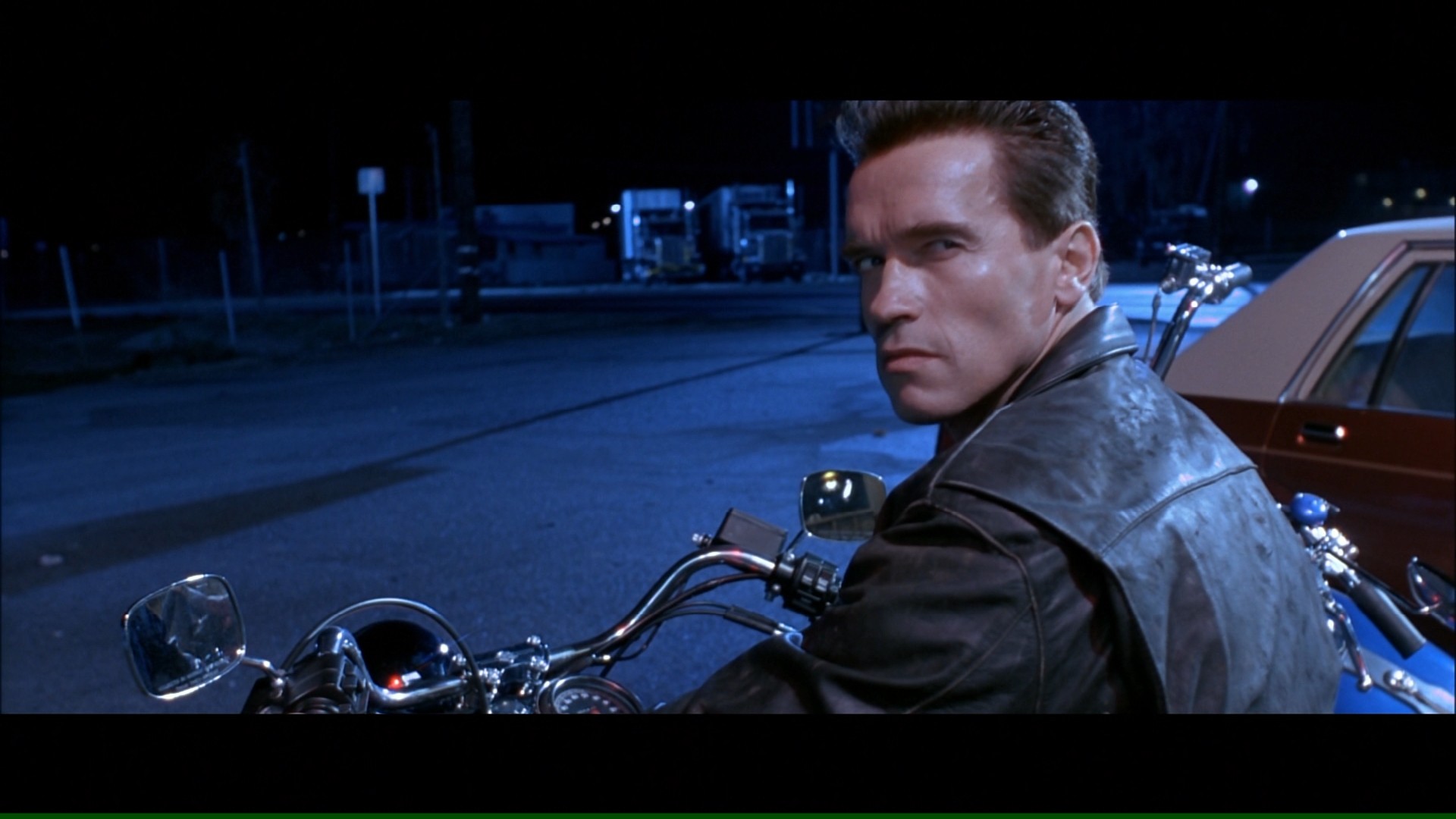 The Terminator
The Terminator
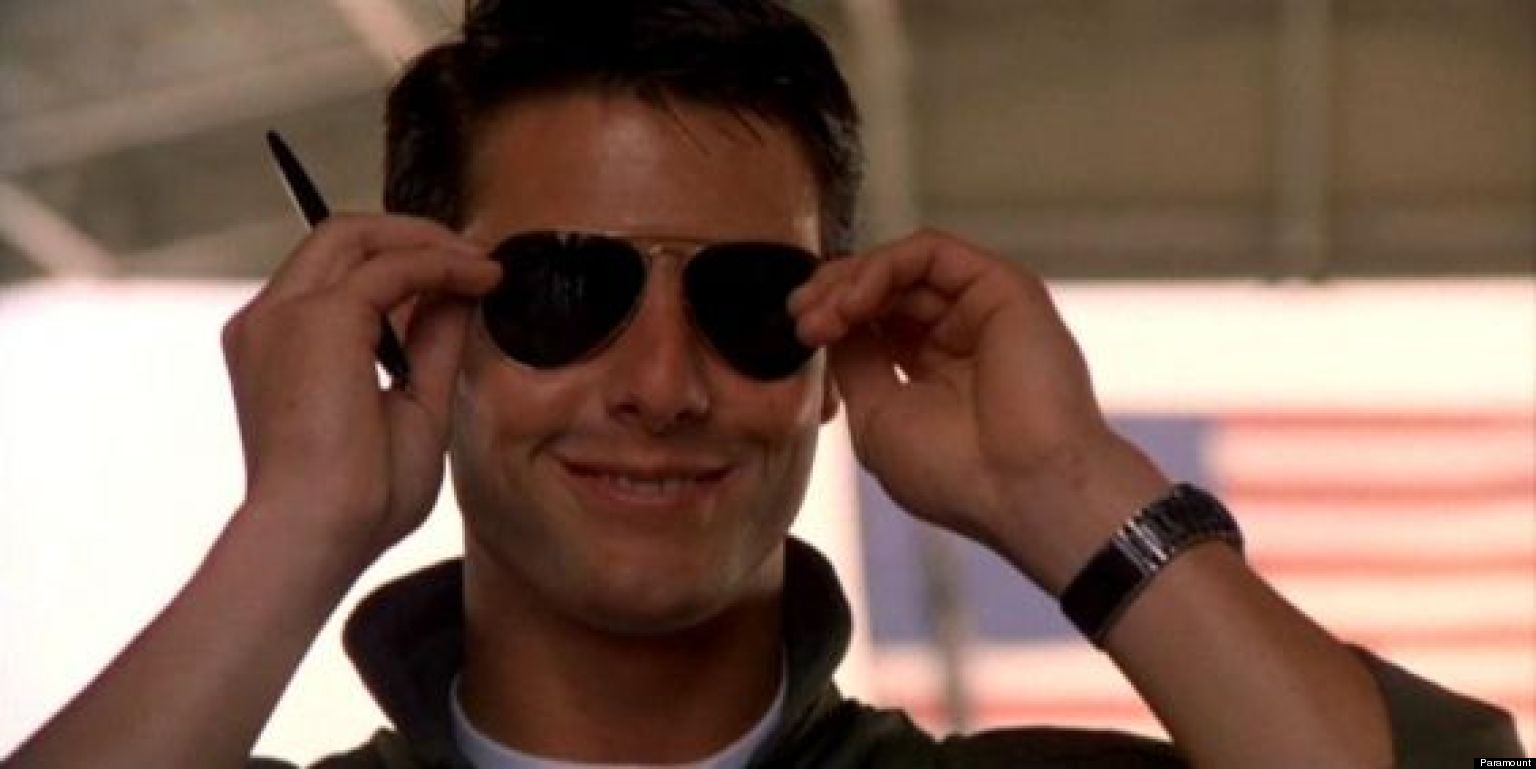 Top Gun
Top Gun
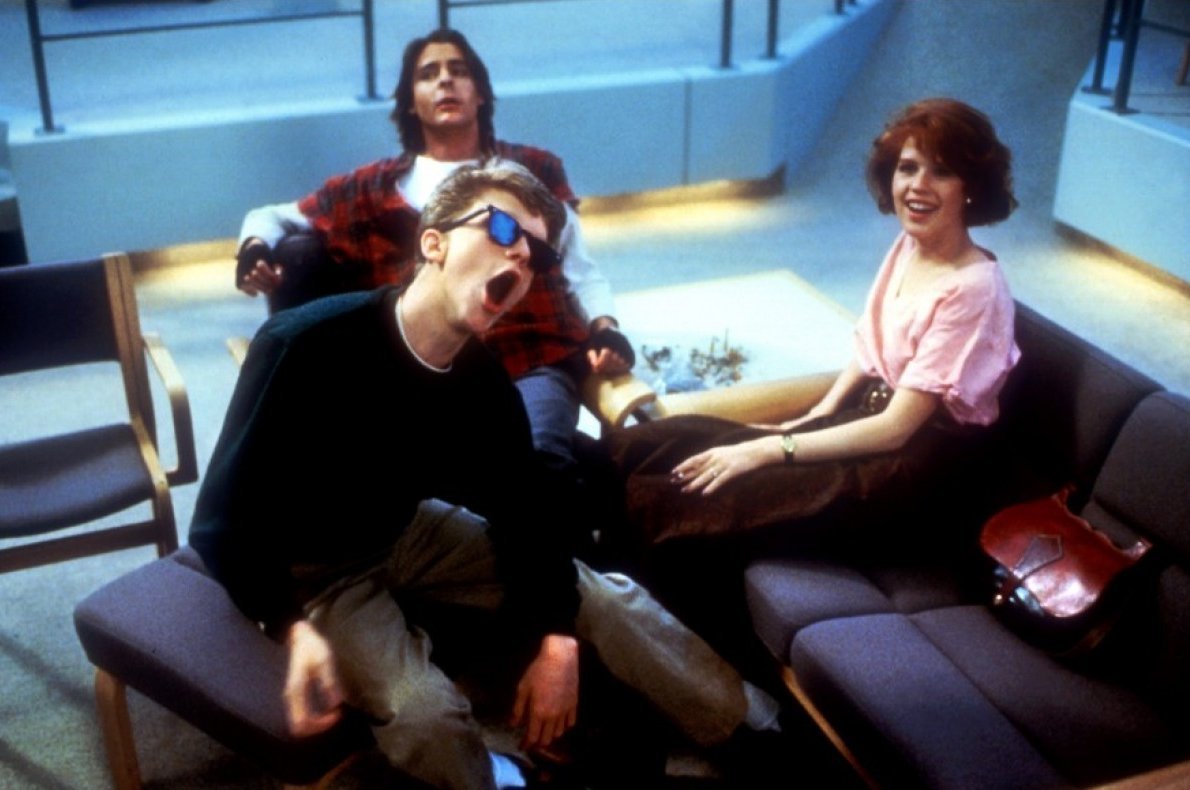 The Breakfast Club
The Breakfast Club
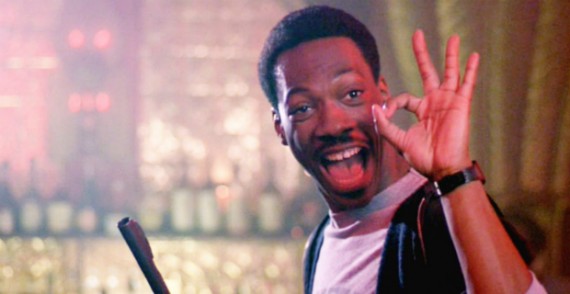 Beverly Hills Cop
Beverly Hills Cop
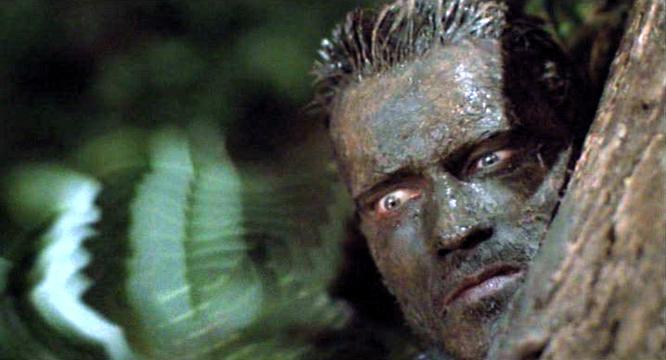 Predator
Predator
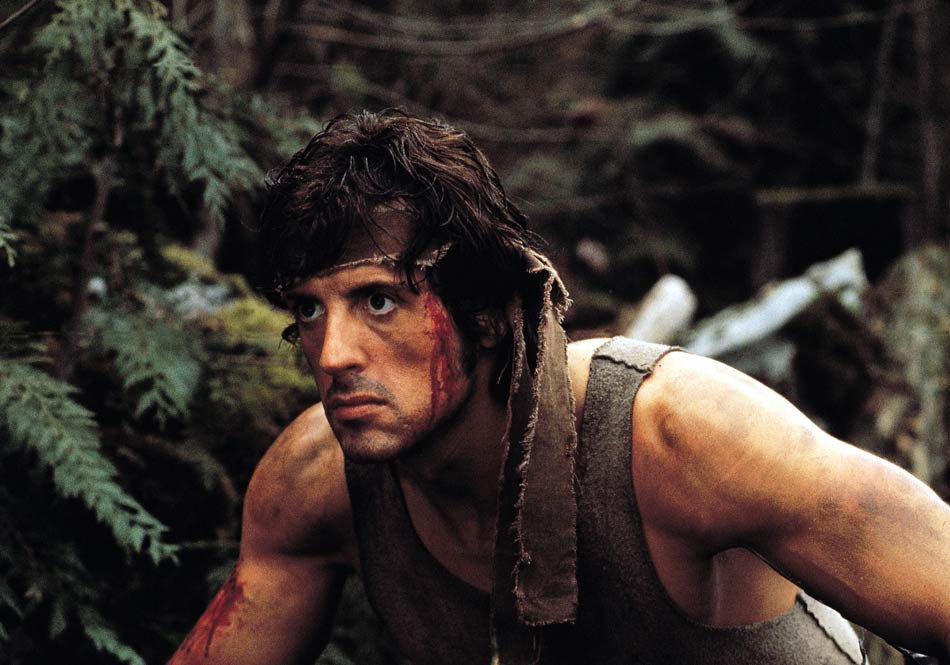 First Blood
First Blood
 Mad Max 2: The Road Warrior
Mad Max 2: The Road Warrior
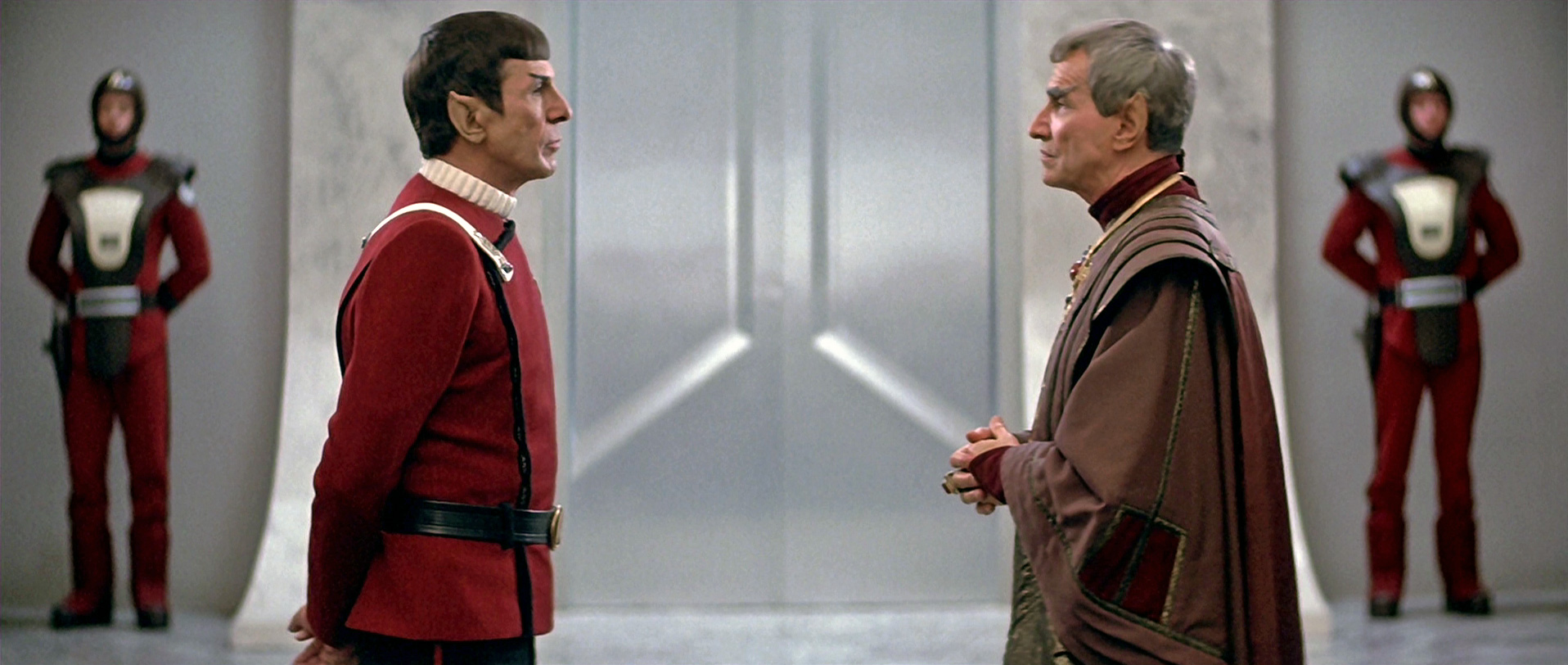 Star Treks II, III and IV
Star Treks II, III and IV
 Return of the Jedi
Return of the Jedi
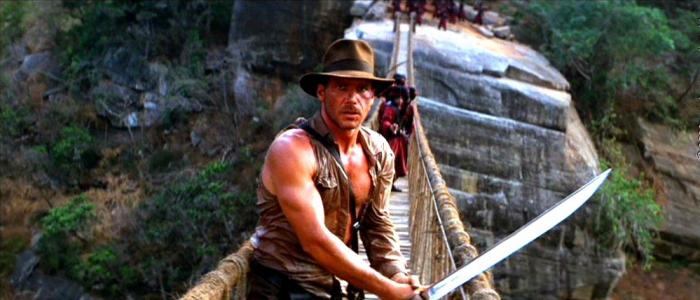 Indiana Jones and the Temple of Doom
Indiana Jones and the Temple of Doom
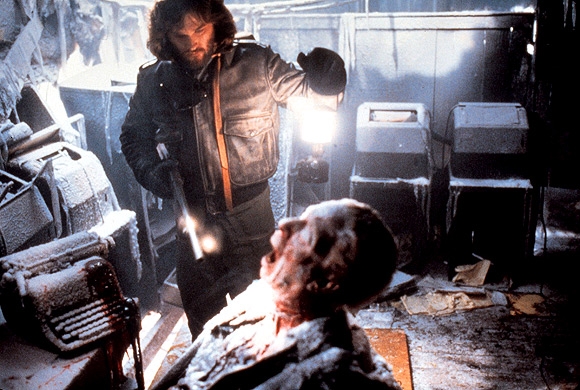 The Thing
The Thing
 The Fly
The Fly
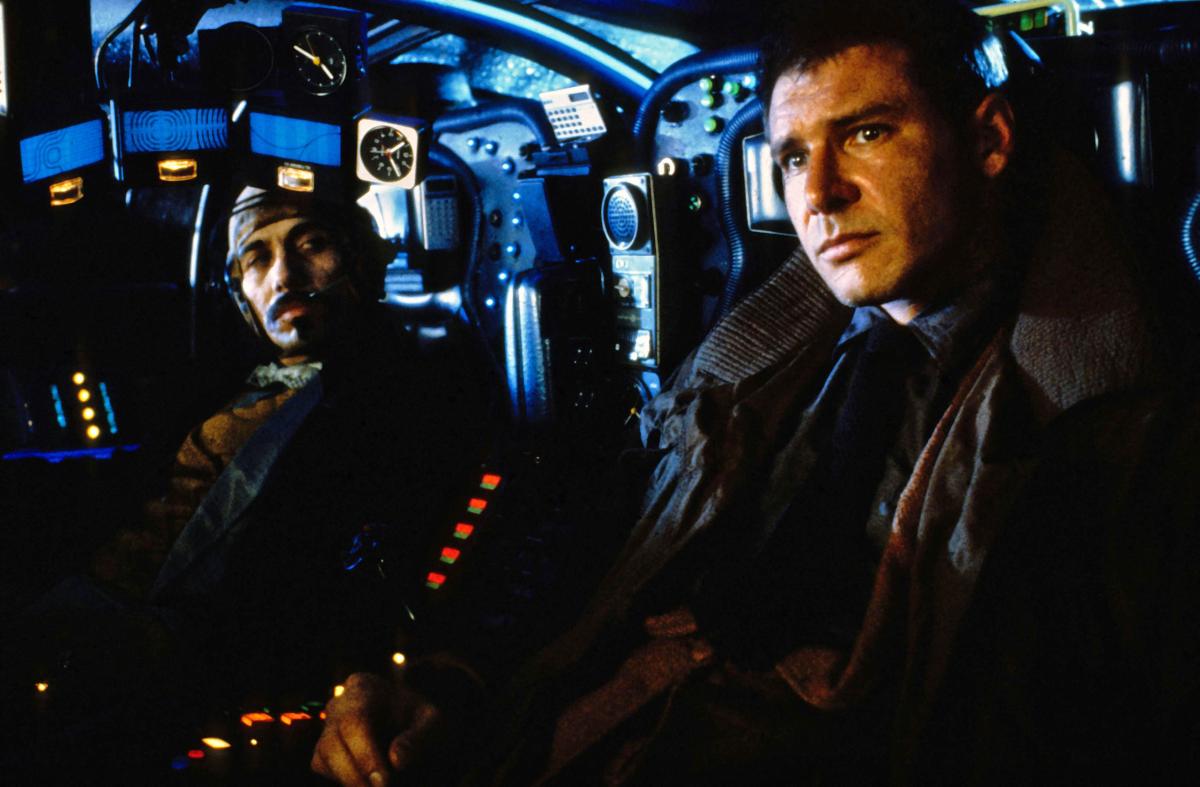 Blade Runner
Blade Runner
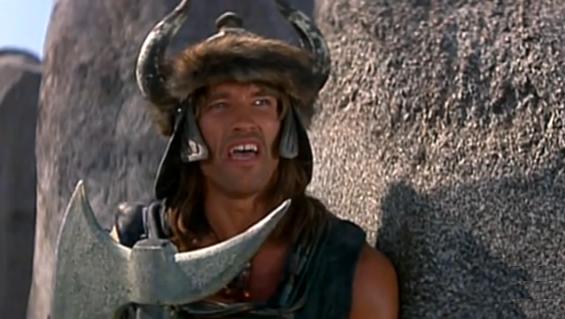 Conan the Barbarian
Conan the Barbarian
 Gremlins
Gremlins
 Robocop
Robocop
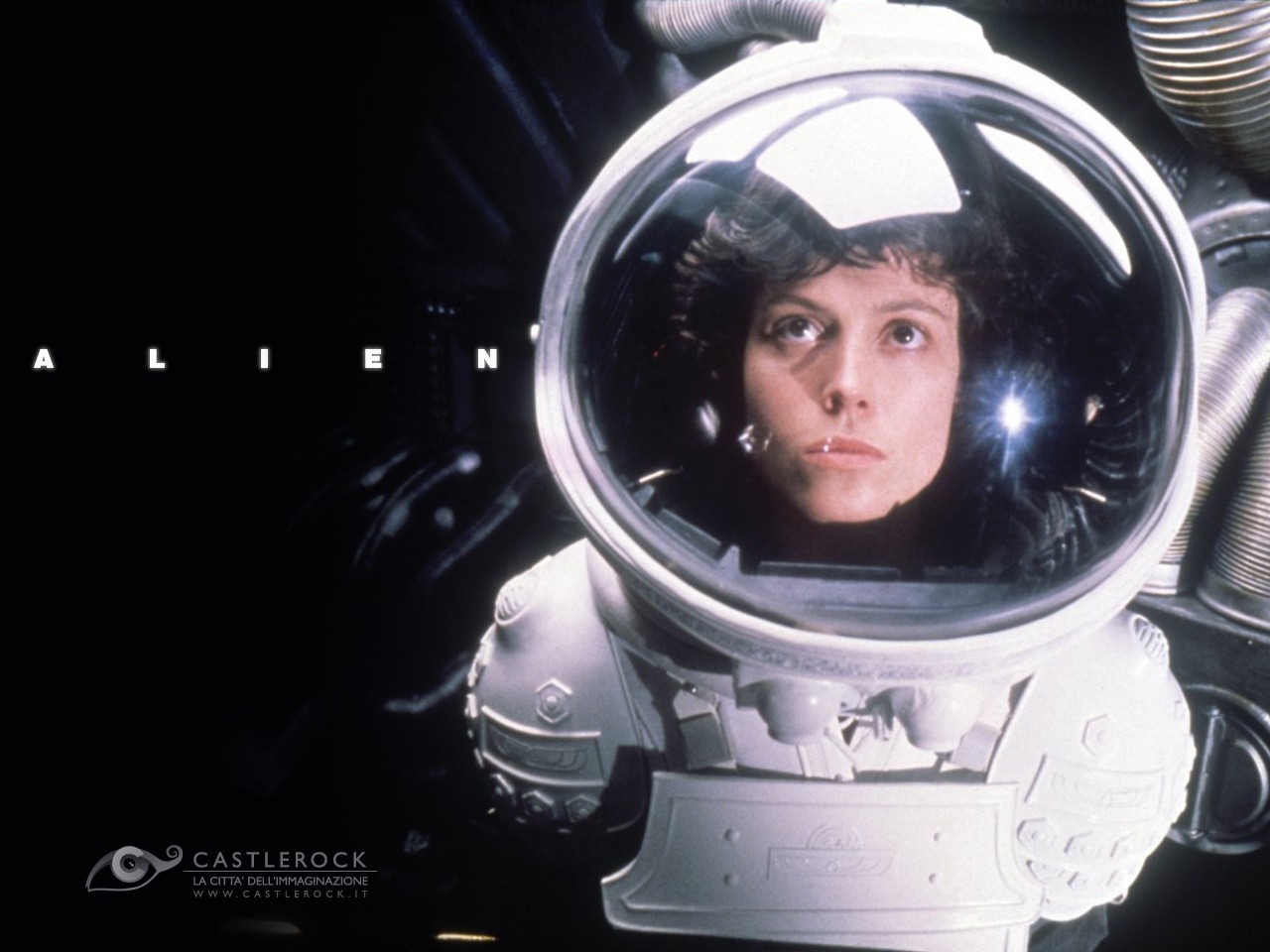 Aliens
Aliens
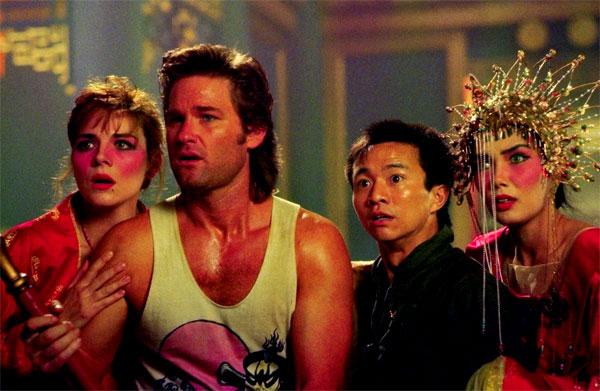 Big Trouble in Little China
Big Trouble in Little China
 Blue Thunder
Blue Thunder
 Stakeout
Stakeout
 The Last Starfighter
The Last Starfighter
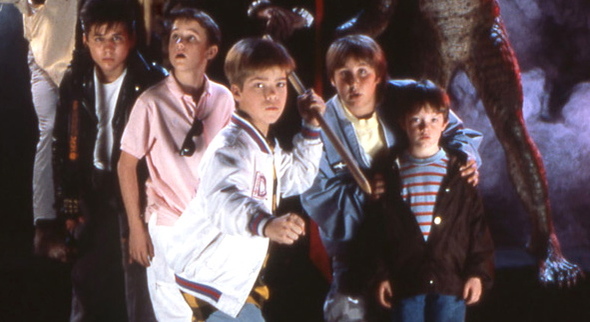 The Monster Squad
The Monster Squad
 The Untouchables
The Untouchables
 The Goonies
The Goonies
 Lethal Weapon
Lethal Weapon
 The Princess Bride
The Princess Bride
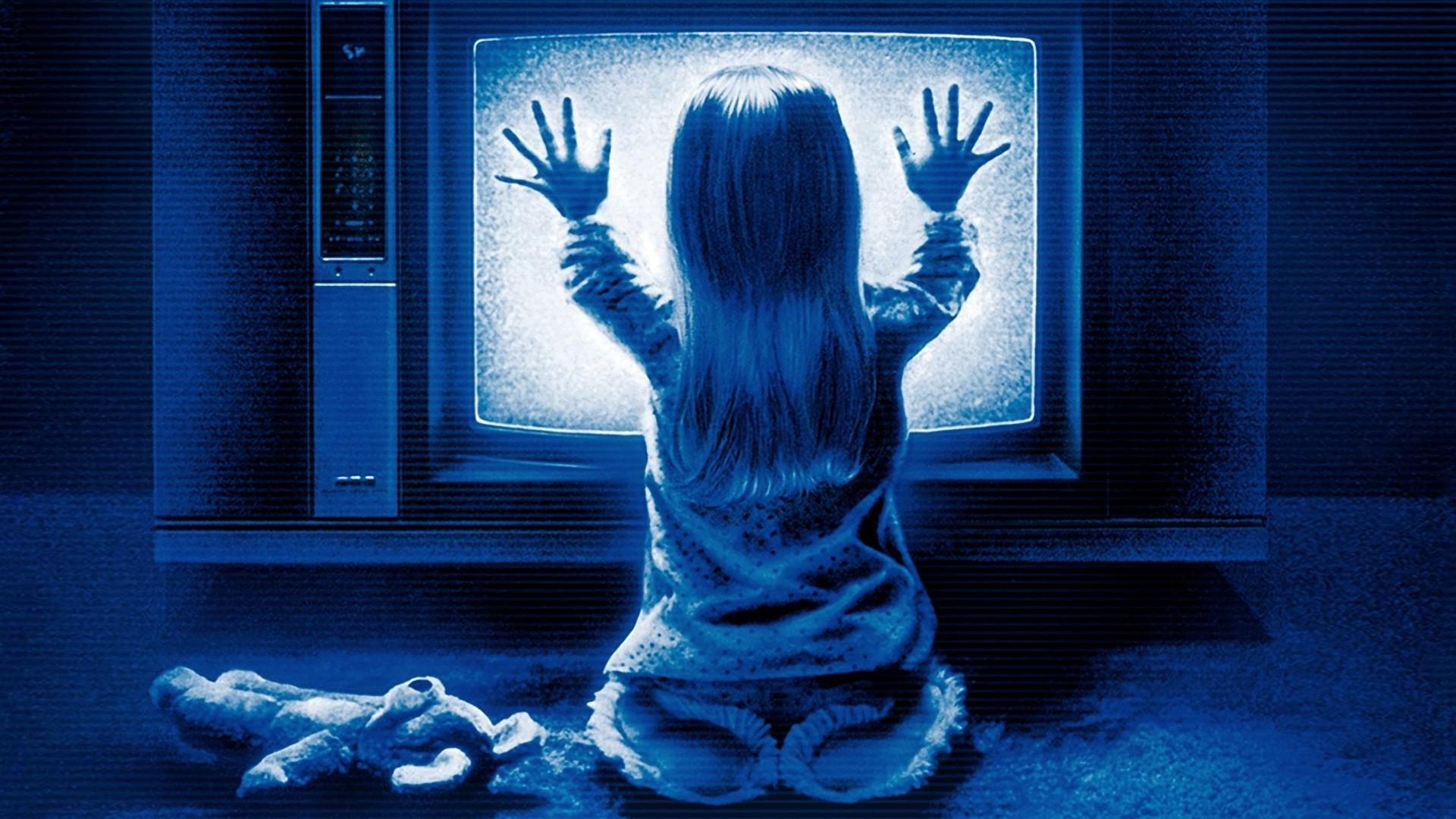 Poltergeist
Poltergeist
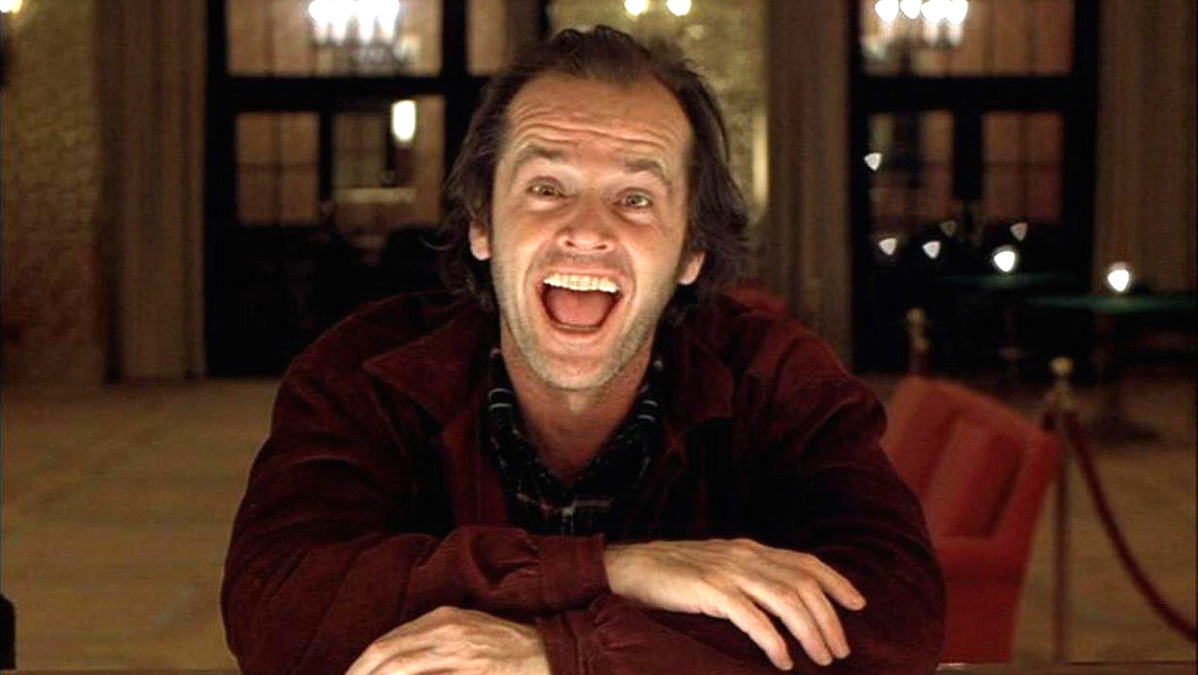 The Shining
The Shining
 Beetlejuice
Beetlejuice
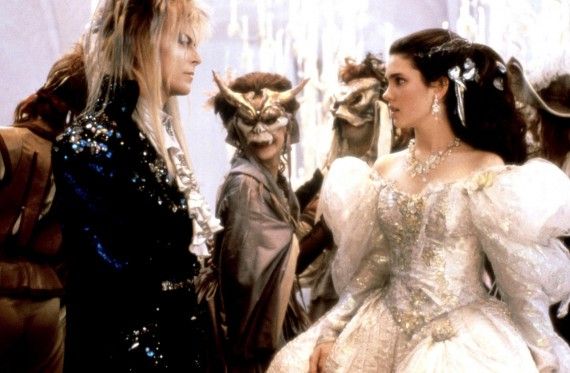 Labyrinth
Labyrinth
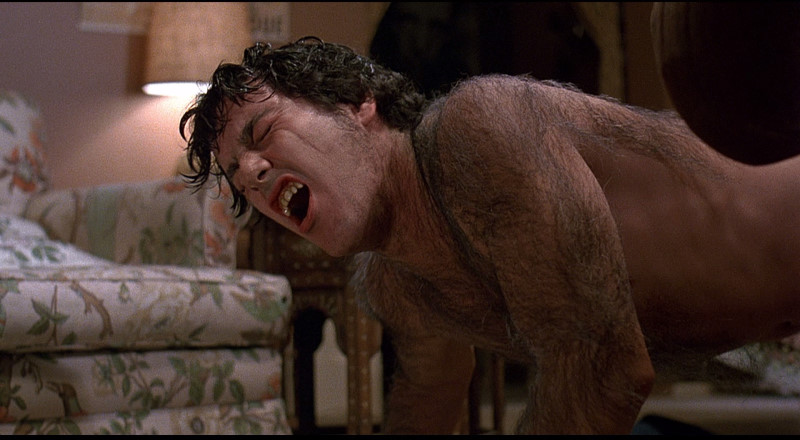 An American Werewolf in London
An American Werewolf in London
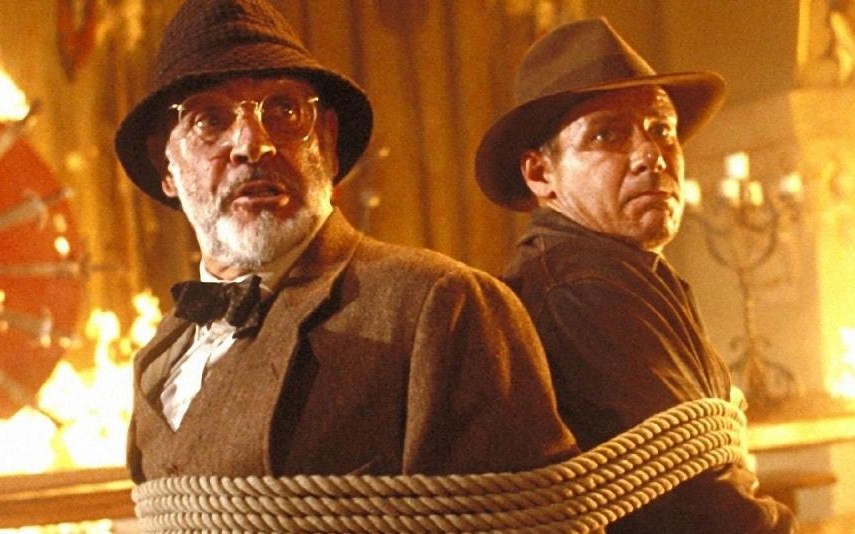 Indiana Jones and the Last Crusade
Indiana Jones and the Last Crusade
Most, if not all, of these movies are acknowledged classics now, and certainly genre fan favorites. I realize that for someone coming new to these movies, who didn’t experience them at the same time and in the same way I did, isn’t going to feel the same way about them. All of this gushing is just my own humble opinion.
But I also know that I’m not alone in my feelings. In 2015 alone, we’re expecting remakes, re-boots or sequels to The Terminator, Mad Max and Star Wars. Ghostbusters 3 and Blade Runner 2 are in the works, too, and we’ve already had more Indiana Jones, Rambo, Conan and Predator, and I’m sure there’s more to come.
Long live the ’80s!
